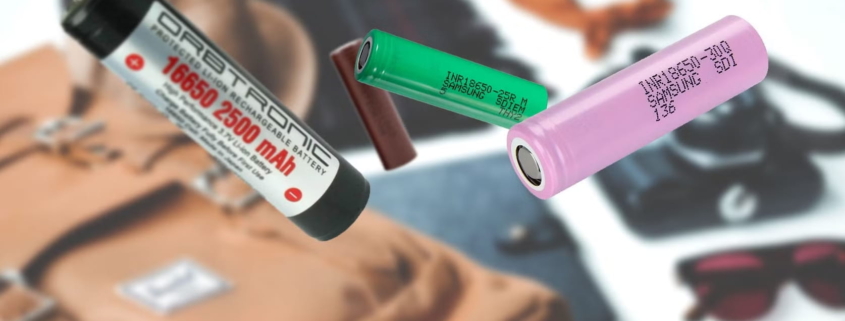What Is a 18650 Battery? The Complete 2025 Guide
If you’ve ever used a laptop, power tool, or electric vehicle, you’ve likely relied on a 18650 pil without even knowing it. This unassuming cylinder powers our modern world—but what exactly makes it tick? As a professional 18650 battery packs manufacturer, I will break down the engineering marvel that’s been quietly revolutionizing portable power since the 1990s.

What Is a 18650 Battery? More Than Just Numbers
The name “18650” isn’t random tech jargon. It’s a code:
- 18mm diameter
- 65mm height
- 0 indicates its cylindrical shape
Developed by Sony and Panasonic in the early 1990s, this lithium-ion cell became the gold standard for portable electronics due to its compact size and rechargeability. By 2025, over 5 billion of these cells will be produced annually, driven by demand from EVs and renewable energy storage.
Key Technical Specifications
- Voltage: 3.7V nominal (4.2V fully charged)
- Capacity: 2,500–3,500 mAh (varies by chemistry)
- Energy Density: ~260 Wh/kg
- Cycle Life: 300–500 full charges
Tesla’s early Roadster models used 6,831 of these cells per pack—proving their scalability for high-drain applications. Modern versions with nickel-manganese-cobalt (NMC) cathodes now achieve 15% higher capacity than first-gen models.
Why the 18650 Dominates Your Tech Life
Portable Powerhouse
From your vape pen to NASA’s satellites, these batteries thrive where space and weight matter. Their balance of energy density and discharge rates makes them ideal for:
- Laptops
- Flashlights
- Medical devices
- Drones
EV Revolution Starter
Before pouch cells gained traction, the 18650 was the backbone of electric vehicles. Its proven safety record and modular design allowed automakers to create massive battery packs without reinventing the wheel.
Safety First: Handling Your 18650 Like a Pro
⚠️ Real-World Warning: A misused 18650 once caused a hoverboard fire that made national news. Here’s how to avoid becoming a statistic:
- Use OEM chargers – Third-party chargers overheat cells
- Check wraps – Exposed metal can short-circuit devices
- Store at 50% charge – Prolongs lifespan during inactivity
- Avoid extreme temps – 15°C–25°C (59°F–77°F) is ideal
Newer LiFePO₄ variants reduce fire risks but sacrifice 20% capacity—a tradeoff worth considering for home storage systems.
Choosing Your 18650: 2025 Buyer’s Guide
Decoding Labels
- ICR (Li-CoO₂): High capacity, lower stability
- IMR (Li-MnO₂): Safer, moderate performance
- INR (Li-NiMnCoO₂): Best balance for most users
Top Brands Compared
| Brand | Capacity | Max Discharge | Best For |
|---|---|---|---|
| Panasonic | 3,450mAh | 10A | Everyday electronics |
| Samsung | 3,000mAh | 15A | Power tools |
| LG | 3,500mAh | 20A | High-drain devices |
Always verify authenticity—counterfeit batteries caused 23% of vape-related incidents in 2024.
The Future of 18650 Batteries
While newer formats like 21700 cells offer 15% more capacity, the 18650 remains relevant through:
- Established manufacturing infrastructure
- Lower production costs
- Broad compatibility
By 2025, silicon-anode versions could push capacities beyond 4,000mAh without size changes. But for now, this workhorse cell continues powering our world one recharge at a time.
In Conclusion
So what is a 18650 battery? It’s the invisible fuel of the digital age—a testament to how standardized engineering solutions can outlive flashy alternatives. Whether you’re modding a flashlight or building a solar array, understanding this power cell helps you make smarter energy choices in our portable-first world.








